The smart mirror is an excellent engineering project, and the Raspberry Pi offers a flexible and affordable way to implement it. The smart mirror displays useful information such as time, weather, calendar, news, etc., and at the same time is a normal reflective mirror. The smart mirror is a beautiful hardware-software project for grasping concepts like Internet of Things (IoT), embedded systems, and user interface.
Components You'll Need:
1. Raspberry Pi (preferably Model 3B+ or Raspberry Pi 4 for the best performance).
2. Two-way mirror, or the other way to convert any regular glass into a smart mirror: smart mirror film.
3. Monitor-an HDMI-compatible monitor.
4. Power supply-accompany Raspberry Pi, 5V, 2.5A or above.
5. Wi-Fi dongle-if not using Raspberry Pi 3/4.
6. MicroSD Card - minimum 16GB size or higher for Raspberry Pi OS.
7. Setup keyboard, mouse, and HDMI cable.
8. Frame: Physical design of smart mirror.
9. Camera module (optional for face features or gesture control).
10. Speakers (optional for voice output).
11. Sensors (optional, used for motion detection, light sensors, and so on).
Steps to Build the Smart Mirror:
1. Prepare Raspberry Pi:
• Install Raspberry Pi OS (Raspberry Pi Imager should help).
• Prepare Raspberry Pi with a keyboard, mouse, and monitor for the first configuration.
• Connect to Wi-Fi and update the system using the terminal (in which use sudo apt-get update && sudo apt-get upgrade).
• Make sure you have Python 3 along with necessary libraries like Flask for web-based apps.
2. Install Magic Mirror Software:
- MagicMirror², an open-source platform, has seemingly been one of the innovative ideas in the smart mirror domain.
- You can install it using the following steps:
· curl -sL https://install.magicmirror.builders | bash
This will install the necessary files and dependencies.
3. Configure the Magic Mirror:
- Once you have installed it, navigate to the directory with MagicMirror installed (~/MagicMirror).
- Configuring the file config.js will allow you to set up the different modules that you want to display on your mirror.
- Common modules include:
I would quantify it as follows:
· Time and Date
· Weather: use any API, e.g., OpenWeatherMap.
· New feed - RSS or custom
· Calendar: Google Calendar integration done
· To-Do Lists: using Todoist or any of several other applications
· Traffic/Commute Information
· Social Media Feeds: Twitter, Instagram
You can set modules to enable or disable in the config.js file.
4. Set Up Two-Way Mirror:
Cover the reflective surface with a two-way mirror sheet (also called one-sided glass). Attach the mirror to the front of the display. The two-way mirror reflects light emanating from the hidden monitor behind it but allows the display to be seen through the mirror, creating the smart effect.
Alternatively, you can use a regular sheet of glass with an adhesive smart mirror film.
5. Assemble the Frame:
• Construct or acquire a premade frame to mount the monitor and two-way glass.
• Ensure that the frame has adequate room for the Raspberry Pi, the wiring, and the power supply.
• Consider ventilation cutouts to prevent overheating of the Raspberry Pi.
6. Set Up Display Mode:
- It is generally desired for the mirror to operate in full screen kiosk mode (i.e., it shows the smart mirror interface alone).
- Either edit the config.js file or run commands that enable the MagicMirror application to start upon booting the Raspberry Pi:
- sudo nano /etc/rc.local
Add this line before exit 0:
sudo -u pi DISPLAY=:0 npm start
7. Test and Debug:
• Once the establishment is completed, restart Raspberry Pi.
• The MagicMirror software should automatically initiate.
• Ensure that each module displays correctly and adjust the configuration as appropriate.
8. Optional Features:
• Facial Recognition: Need to face recognition for displaying personal information.
• Voice interaction: We can use voice assistants like Google Assistant or Amazon Alexa (needs some integration).
• Motion sensors: Use motion sensors through which the mirror activates only when someone is in front of it (through PIR sensor).
• Weather sensors: Add external sensors like temperature and humidity to display real-time local data.
Final Thoughts:
Hardware and software components together justify the use of this project as a good engineering one. One could customize further with optional features like gesture control via a camera, voice commands, or even hooking into a home automation system. The possibilities for customization are endless. The knowledge gained here will be very relevant to working in IoT and embedded systems.
Wishing you all the best in constructing your intelligent looking glass! Get more info at TAKEOFF PROJECTS

 Workshop on Embedded Systems: Building Real-World Applications
Workshop on Embedded Systems: Building Real-World Applications  Top Internship Training & Certificate
Top Internship Training & Certificate  Internship Benefits Beyond the Resume: How It Shapes Your Career
Internship Benefits Beyond the Resume: How It Shapes Your Career  Turing Internship into Job Offers: Strategies for Success
Turing Internship into Job Offers: Strategies for Success 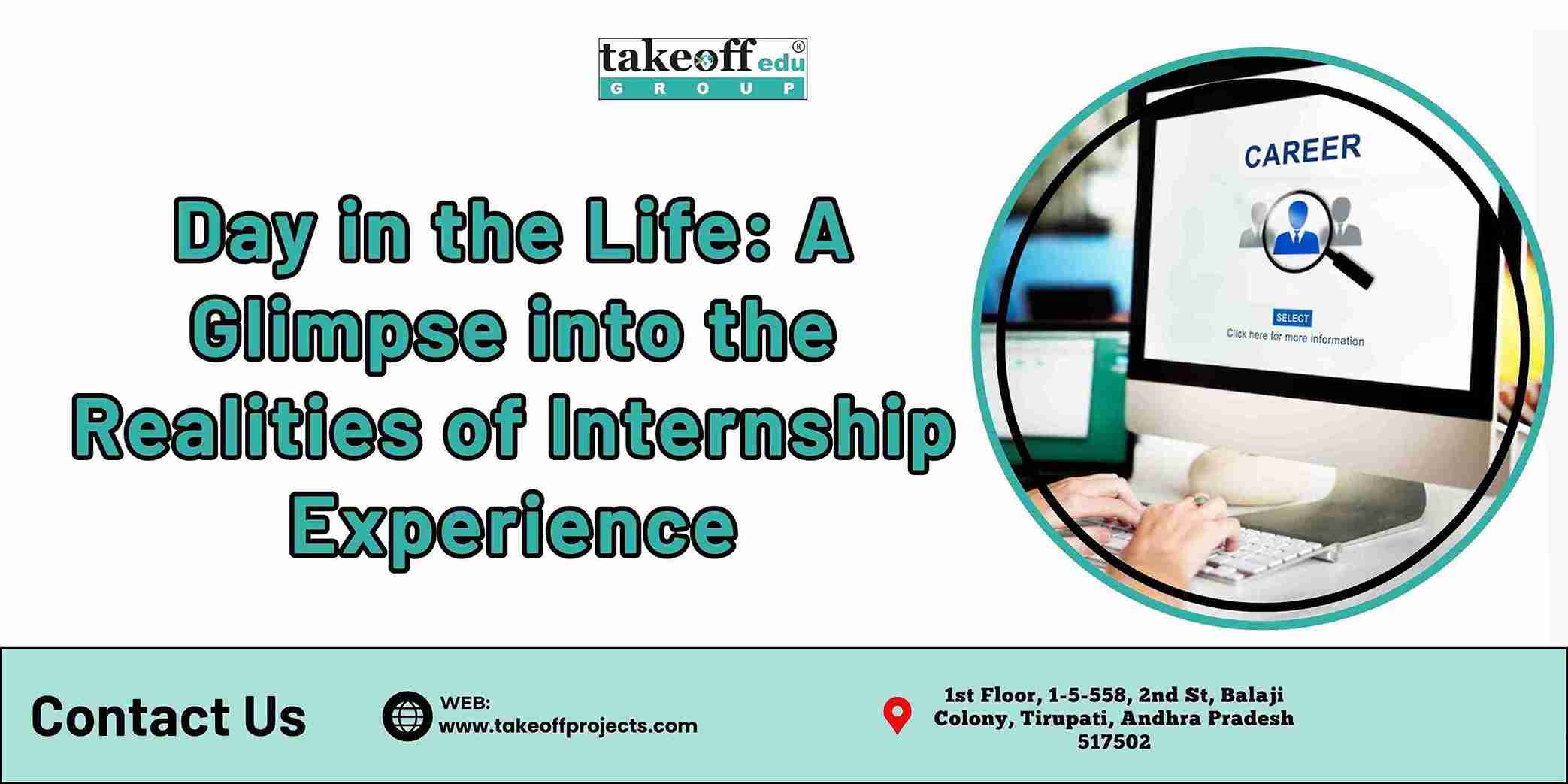 Day in the Life: A Glimpse into the Realities of Internship Experience
Day in the Life: A Glimpse into the Realities of Internship Experience  Internship Insights: What Recruiters Look for in Candidates
Internship Insights: What Recruiters Look for in Candidates  Why Internships Matter: Building Bridges to Your Future Career
Why Internships Matter: Building Bridges to Your Future Career  Best Major & Mini Project Ideas for Engineering College Students
Best Major & Mini Project Ideas for Engineering College Students  Top B.Tech/M.Tech Engineering Projects Consultants & Services
Top B.Tech/M.Tech Engineering Projects Consultants & Services  Engineering Project Ideas & Topics for Students
Engineering Project Ideas & Topics for Students  Engineering Procurement Construction (EPC) Project Services: Step By Step Guide
Engineering Procurement Construction (EPC) Project Services: Step By Step Guide  IEEE Projects in Tirupati
IEEE Projects in Tirupati 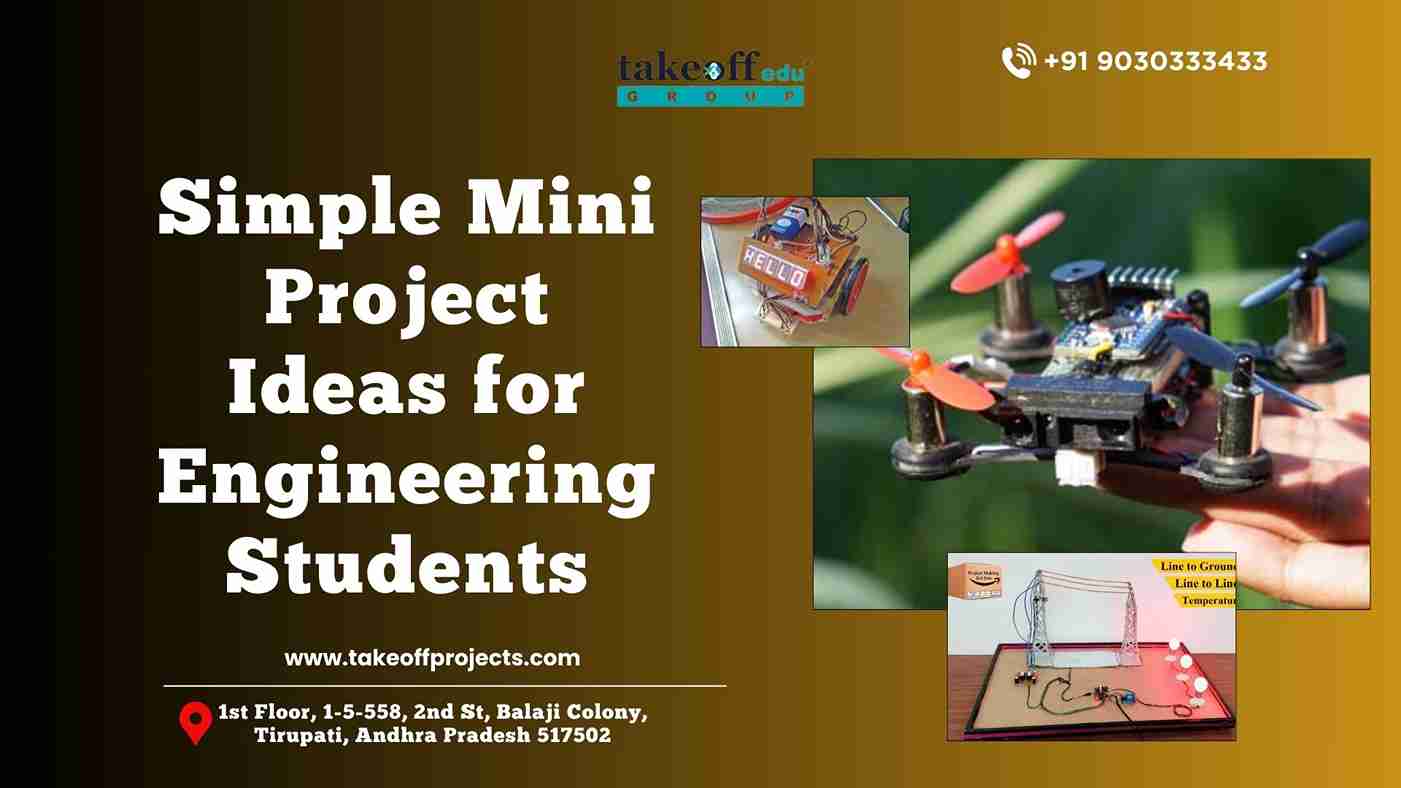 Simple Mini Project Ideas for Engineering Students
Simple Mini Project Ideas for Engineering Students 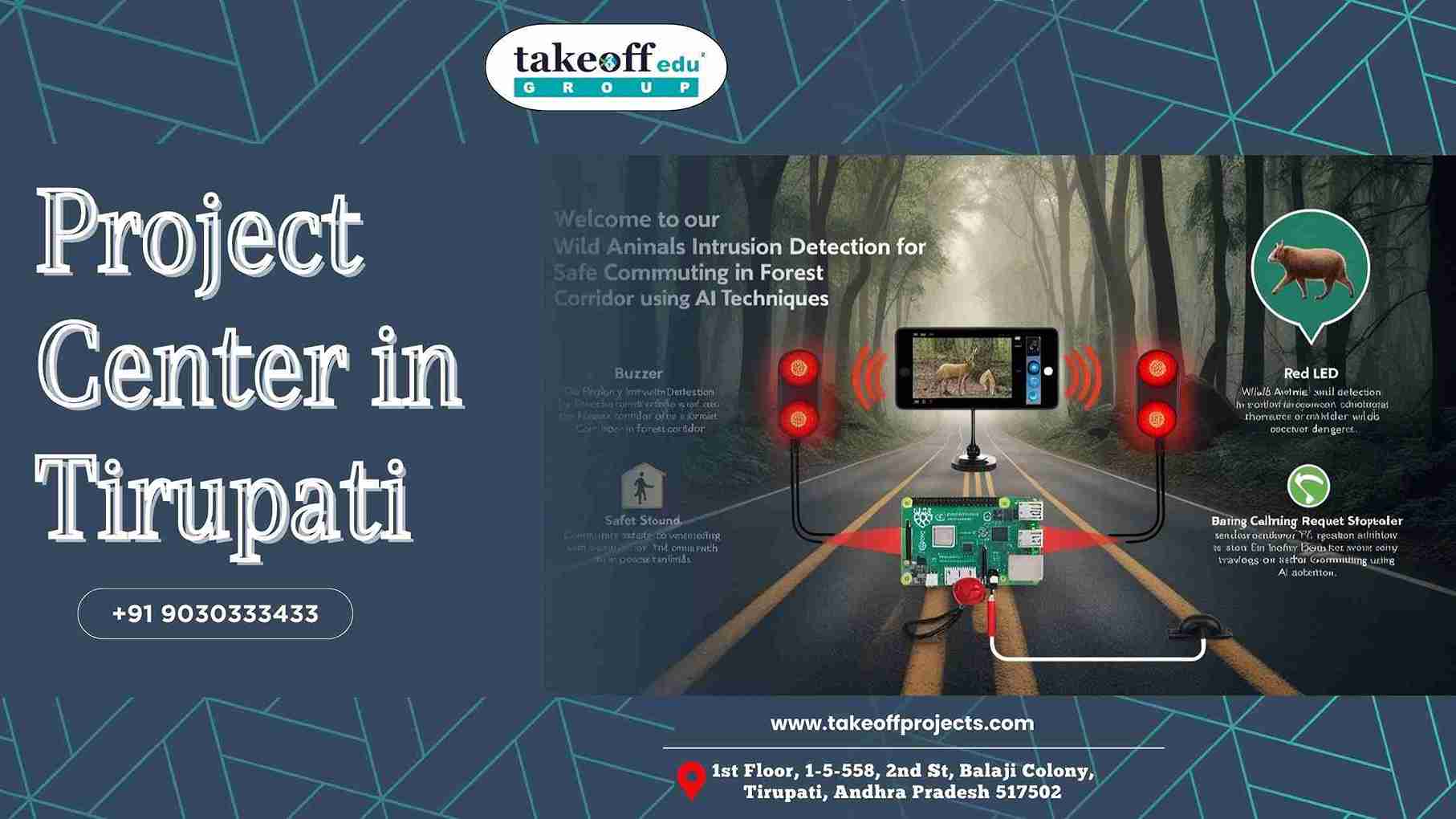 Project Center in Tirupati
Project Center in Tirupati  Top Engineering Project Consultants in Tirupati
Top Engineering Project Consultants in Tirupati  Innovative Software Engineering Projects: Shaping the Future of Technology
Innovative Software Engineering Projects: Shaping the Future of Technology 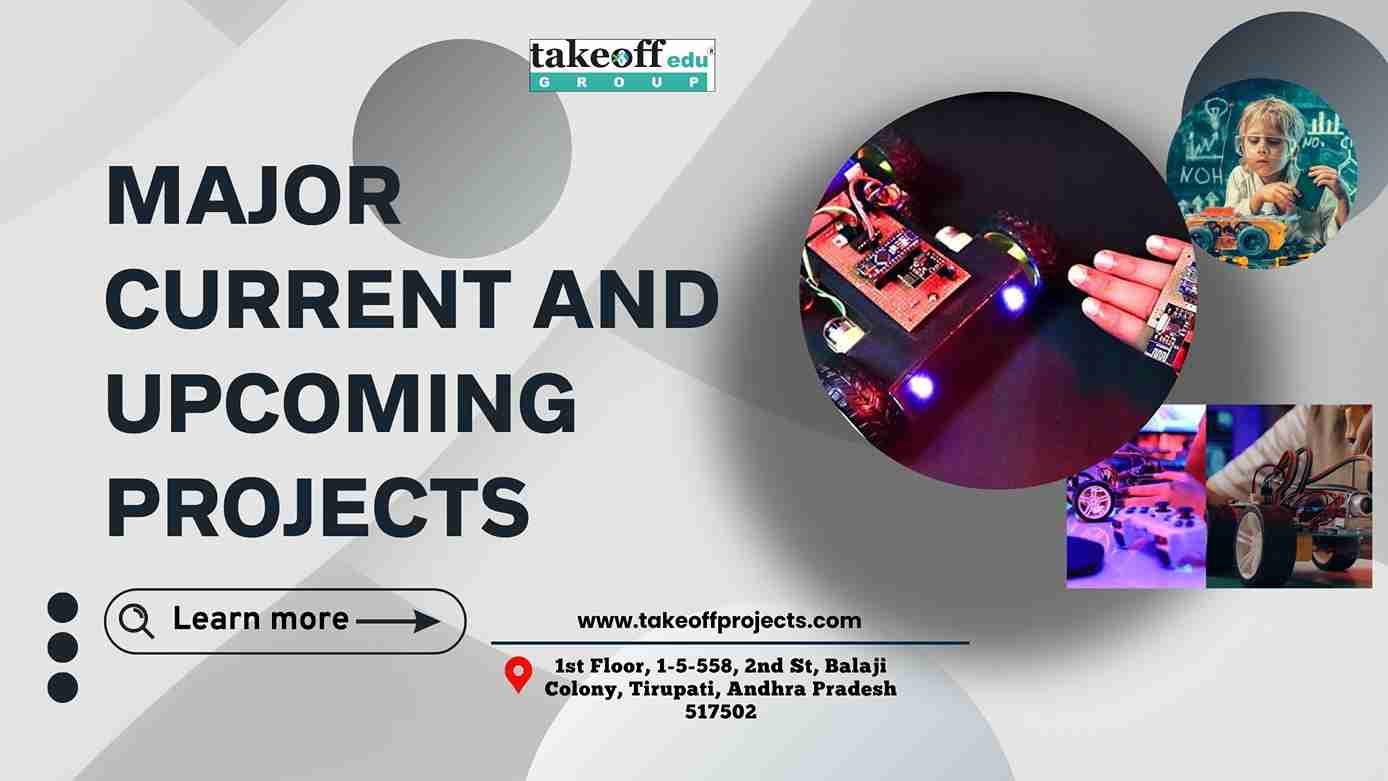 Major Current and Upcoming Projects
Major Current and Upcoming Projects  Best Project Management Consultant in Tirupati
Best Project Management Consultant in Tirupati  Top 10 Best Project Consultants in Andhra Pradesh
Top 10 Best Project Consultants in Andhra Pradesh  Best Project Consultancy in Tirupati
Best Project Consultancy in Tirupati  Advanced Technology Project Ideas in Chittoor
Advanced Technology Project Ideas in Chittoor  Top Final Year Project Provider in Tirupati
Top Final Year Project Provider in Tirupati  Mini and Major Projects in Chittoor
Mini and Major Projects in Chittoor  Final Year Projects in Tirupati: Unlocking Your Academic Potential
Final Year Projects in Tirupati: Unlocking Your Academic Potential  Affordable Academic Projects in India: A Gateway to Success
Affordable Academic Projects in India: A Gateway to Success  Trending Engineering Project Ideas in Tirupati 2025
Trending Engineering Project Ideas in Tirupati 2025  Technical Project ideas for engineering students
Technical Project ideas for engineering students  How Do I Choose A Project Topic Titles For Final Year Engineering Students?
How Do I Choose A Project Topic Titles For Final Year Engineering Students?  Find Best College Project Centers in Andhra Pradesh
Find Best College Project Centers in Andhra Pradesh  Latest Engineering Project Ideas for 2025
Latest Engineering Project Ideas for 2025  Top Engineering Project Work in Vizianagaram: Empowering Student Success
Top Engineering Project Work in Vizianagaram: Empowering Student Success 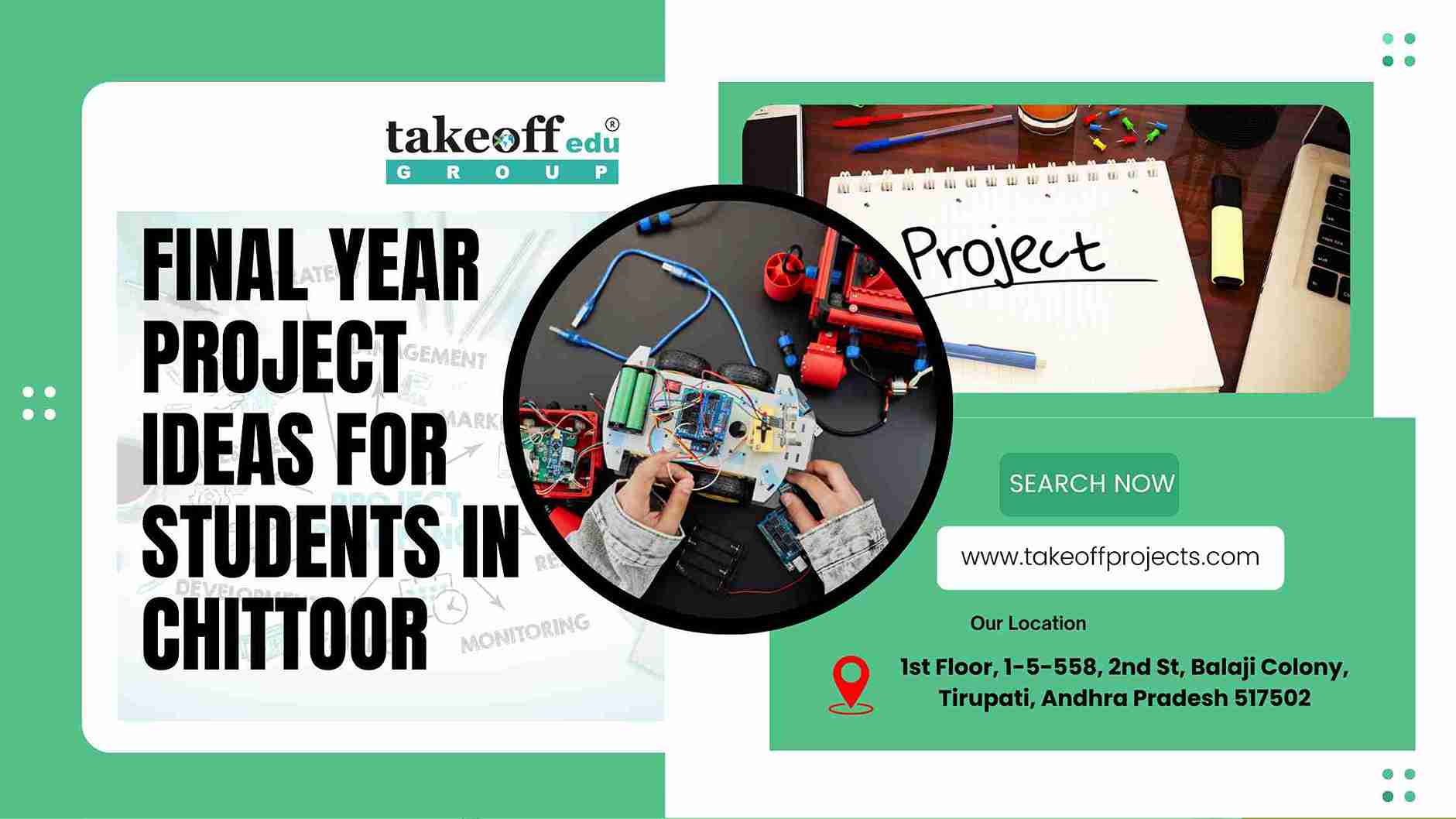 Final Year Project Ideas for Students in Chittoor
Final Year Project Ideas for Students in Chittoor  Project Ideas for College Students in Telangana
Project Ideas for College Students in Telangana  Top 10 Mini Project Ideas for College Students
Top 10 Mini Project Ideas for College Students  Project Work for Students in Tirupati
Project Work for Students in Tirupati  Best Engineering Projects in Andhra Pradesh: A Comprehensive Guide
Best Engineering Projects in Andhra Pradesh: A Comprehensive Guide  Using Cloud-Based Tools for Collaborative Research Projects
Using Cloud-Based Tools for Collaborative Research Projects  Advantages of Undergraduate Research Opportunities
Advantages of Undergraduate Research Opportunities  How to Prepare for Academic Research Conferences
How to Prepare for Academic Research Conferences  Understanding the Different Types of Academic Research
Understanding the Different Types of Academic Research  Navigating the Peer Review Process: Tips for Success
Navigating the Peer Review Process: Tips for Success  How to Write the Abstract for a Research Paper
How to Write the Abstract for a Research Paper  The Impact of Academic Research on Policy Making
The Impact of Academic Research on Policy Making  Exploring Open Access Journals for Academic Publishing
Exploring Open Access Journals for Academic Publishing  The Role of Academic Journals in Disseminating Research
The Role of Academic Journals in Disseminating Research  How to Balance Coursework and Research Projects: A Guide to Academic Success
How to Balance Coursework and Research Projects: A Guide to Academic Success  The Importance of Research Ethics Committees
The Importance of Research Ethics Committees  Innovative Teaching Methods to Support Academic Research Projects
Innovative Teaching Methods to Support Academic Research Projects  Creating Impactful Visual Aids for Research Presentations
Creating Impactful Visual Aids for Research Presentations  The Benefits of Peer Review in Academic Research
The Benefits of Peer Review in Academic Research  Surveys and Questionnaires are Effective in Academic Research
Surveys and Questionnaires are Effective in Academic Research  Importance of Documentation Record-Keeping in Academic Research
Importance of Documentation Record-Keeping in Academic Research  Overcoming Challenges in Academic Research Projects
Overcoming Challenges in Academic Research Projects  Leveraging Online Resources for Academic Research
Leveraging Online Resources for Academic Research  Successful Academic Projects in Computer Science: Case Studies
Successful Academic Projects in Computer Science: Case Studies  Building a Research Network: The Importance of Conferences and Workshops
Building a Research Network: The Importance of Conferences and Workshops  How Technology Affects Academic Research?
How Technology Affects Academic Research?  Getting Funding for Your Research Project: Tips and Resources
Getting Funding for Your Research Project: Tips and Resources  Time Management Strategies for Academic Researchers
Time Management Strategies for Academic Researchers  Ethical Considerations in Academic Research
Ethical Considerations in Academic Research  How to Write and Publishing Your Academic Paper?
How to Write and Publishing Your Academic Paper?  Presenting Your Research: Guidelines To Consider When Making An Academic Presentation
Presenting Your Research: Guidelines To Consider When Making An Academic Presentation  Analyzing Research Data: Effective Techniques in Engineering Projects
Analyzing Research Data: Effective Techniques in Engineering Projects  Best Practices for Conducting a Literature Review
Best Practices for Conducting a Literature Review  Writing a Winning Student Research Proposal: A Step-by-Step Guide
Writing a Winning Student Research Proposal: A Step-by-Step Guide  Project Management for Academic Research: Tools and Techniques
Project Management for Academic Research: Tools and Techniques  How to Choose the Perfect Academic Project Topic?
How to Choose the Perfect Academic Project Topic?  Presenting Final Year Project to Your Supervisor
Presenting Final Year Project to Your Supervisor  Trending Engineering Projects in 2024 Future-Ready
Trending Engineering Projects in 2024 Future-Ready  Innovative Renewable Energy Project Ideas
Innovative Renewable Energy Project Ideas  How Engineering Projects Ideas to contribute your academic year?
How Engineering Projects Ideas to contribute your academic year?  Latest Engineering Projects in 2024
Latest Engineering Projects in 2024  Ethical Considerations in Image Processing: Balancing Innovation and Privacy
Ethical Considerations in Image Processing: Balancing Innovation and Privacy  From Pixels to Insights A Journey into Image Enhancement Algorithms
From Pixels to Insights A Journey into Image Enhancement Algorithms  The Role of Convolutional Neural Networks in Medical Image Analysis
The Role of Convolutional Neural Networks in Medical Image Analysis  Advancements in Image Segmentation Techniques: A Comprehensive Overview
Advancements in Image Segmentation Techniques: A Comprehensive Overview  Unraveling the Power of Deep Learning in Image Processing
Unraveling the Power of Deep Learning in Image Processing  Importance of Final Year Projects for Students
Importance of Final Year Projects for Students  How to Present Your Final Year Project to Your Supervisor?
How to Present Your Final Year Project to Your Supervisor?  How to Choose the Right Final Year Project Topic?
How to Choose the Right Final Year Project Topic?  Common Mistakes to Avoid on Your Final Year Project
Common Mistakes to Avoid on Your Final Year Project  How to Write a Winning Engineering Project Report?
How to Write a Winning Engineering Project Report?  Low Cost Mini Projects Ideas for Civil Engineering
Low Cost Mini Projects Ideas for Civil Engineering  Low Cost Mini Project Ideas for Mechanical Engineering
Low Cost Mini Project Ideas for Mechanical Engineering  BSc IT Projects for Final Year
BSc IT Projects for Final Year  Instrumentation Projects for Final Year Students
Instrumentation Projects for Final Year Students  Biomedical Instrumentation Projects
Biomedical Instrumentation Projects  M.Tech Structural Engineering Projects
M.Tech Structural Engineering Projects  M.Tech Thesis Writing Services
M.Tech Thesis Writing Services  M.Tech Projects for Electrical, Electronics & Software Engineering
M.Tech Projects for Electrical, Electronics & Software Engineering  Latest Final Year Projects for B.Tech & M.Tech Students
Latest Final Year Projects for B.Tech & M.Tech Students 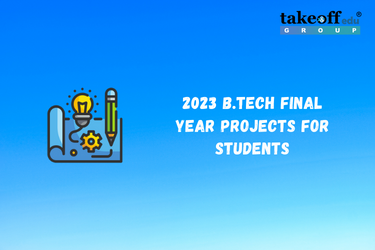 2023 B.Tech Final Year Projects for Students
2023 B.Tech Final Year Projects for Students  Latest BCA Final Year Project Ideas for 2023
Latest BCA Final Year Project Ideas for 2023  Top BE Projects Ideas & Topics for Students
Top BE Projects Ideas & Topics for Students  14+ Interesting Engineering Projects
14+ Interesting Engineering Projects  IEEE Final Year Projects
IEEE Final Year Projects 
 Paper Publishing
Paper Publishing


